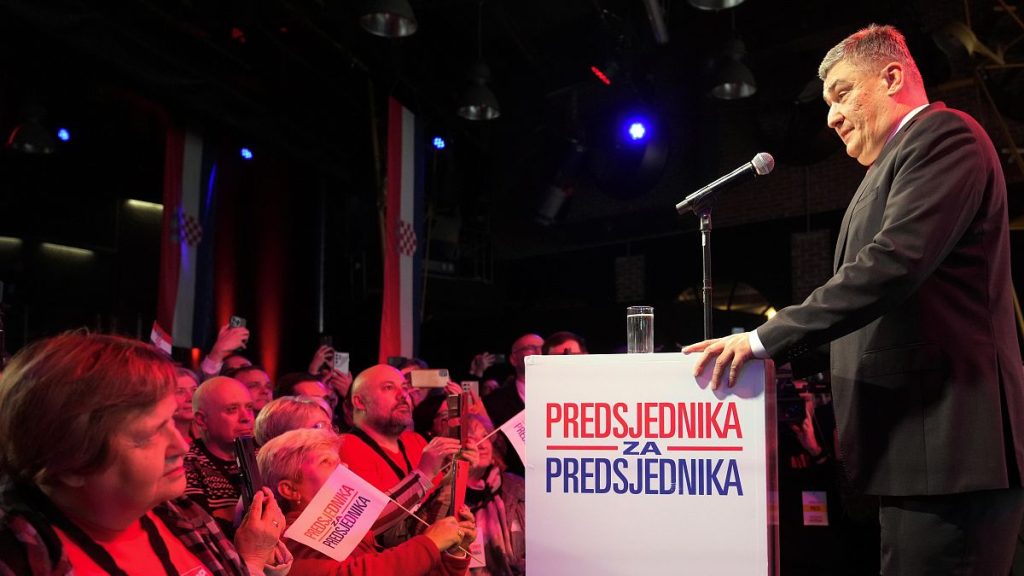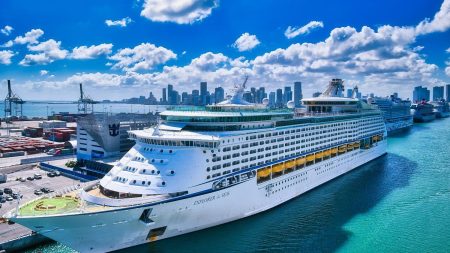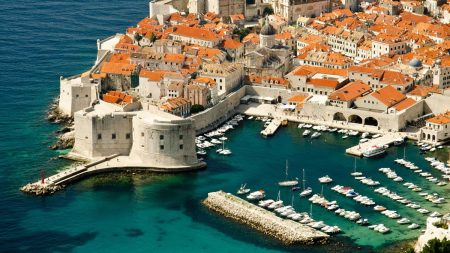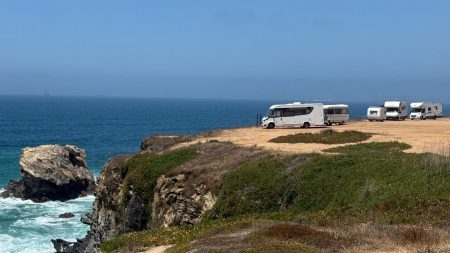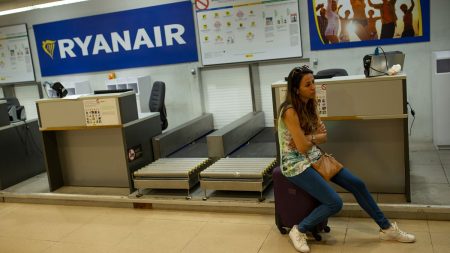Paragraph 1: The Croatian Presidential Election’s First Round Results and Runoff
Croatia held the first round of its presidential election on Sunday, with incumbent President Zoran Milanović securing the most votes but falling short of an outright victory. He garnered 49% of the vote, necessitating a runoff election against his main challenger, Dragan Primorac, who received 19%. This outcome aligned with pre-election polls, which predicted a second round showdown between the two candidates on January 12th. Milanović, while acknowledging his lead, emphasized the need for continued effort, urging his supporters to remain grounded and recognizing that the election was far from over.
Paragraph 2: Contrasting Political Styles and Allegiances
The upcoming runoff presents a stark contrast in political styles and foreign policy stances. Milanović, a left-leaning politician, is known for his outspoken criticism of Western military aid to Ukraine. His combative communication style has drawn comparisons to Donald Trump. Primorac, representing the ruling conservative HDZ party, aligns himself with Western alliances. Prime Minister Andrej Plenković, a staunch supporter of Primorac, framed the election as a choice between East and West, characterizing Milanović as pro-Russian and a potential threat to Croatia’s international standing. This dichotomy underscores the broader geopolitical implications of the election’s outcome.
Paragraph 3: Milanović’s Presidency and Foreign Policy Views
Milanović, a former Prime Minister, has adopted a populist approach during his presidency, often clashing with Prime Minister Plenković. His tenure has been marked by his critical stance on NATO and EU support for Ukraine, advocating for Croatian neutrality in global conflicts. Despite Croatia’s membership in both alliances, Milanović has actively blocked the country’s participation in a NATO training mission for Ukraine, underscoring his non-interventionist perspective. This stance contrasts sharply with Primorac’s pro-Western position, highlighting the potential shift in Croatia’s foreign policy depending on the runoff’s outcome.
Paragraph 4: Primorac’s Campaign and the Shadow of Corruption
Primorac’s campaign has been hampered by a recent high-profile corruption case involving Croatia’s health minister. This scandal became a prominent issue during pre-election debates, potentially impacting Primorac’s image. He presented himself as a unifying figure in contrast to what he portrayed as Milanović’s divisive rhetoric. Primorac emphasized the importance of Croatia’s westward alignment and its pursuit of peace and stability. The corruption scandal, however, poses a challenge to his efforts to project an image of integrity and effective governance.
Paragraph 5: Other Contenders and Broader Election Context
Beyond the two leading candidates, Marija Selak Raspudić, a conservative independent, emerged as a distant third in the polls. Her campaign focused on economic concerns, corruption, and demographic issues such as population decline, appealing to a segment of the electorate concerned with domestic challenges. This election marks Croatia’s third trip to the polls in 2024, following parliamentary elections in April and European Parliament elections in June, indicating a politically active year for the nation. The presidential election holds significant weight as it determines the country’s head of state, albeit with largely ceremonial powers.
Paragraph 6: The Stakes of the Runoff and the Future of Croatia
The upcoming runoff election will determine whether Croatia continues under Milanović’s leadership, potentially maintaining his distinct foreign policy approach, or shifts towards a more traditional pro-Western stance under Primorac. The election represents a choice between two vastly different political personalities and visions for Croatia’s future. The outcome will impact the country’s relationship with international alliances, its stance on the war in Ukraine, and its domestic political landscape. The runoff will be a pivotal moment for Croatia, shaping its trajectory in the years to come.




